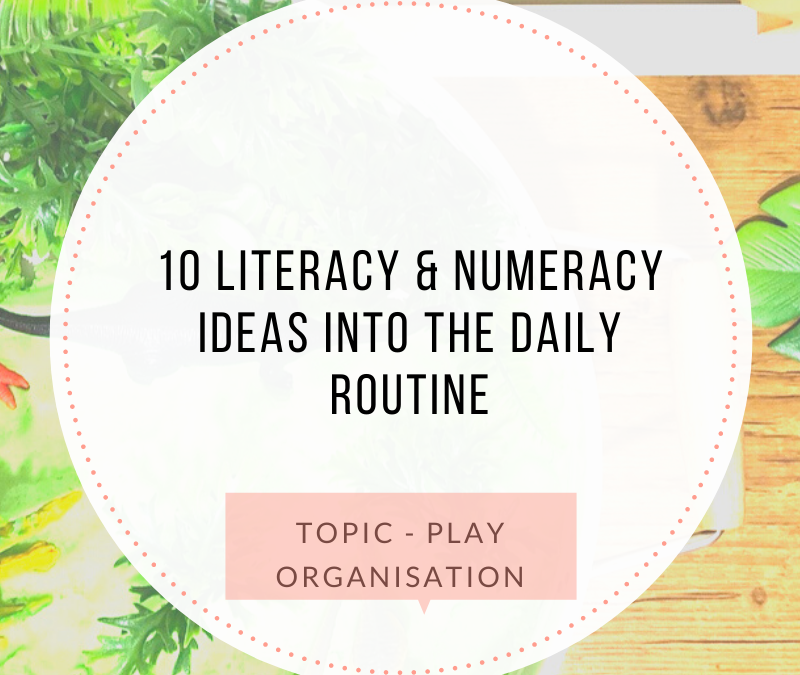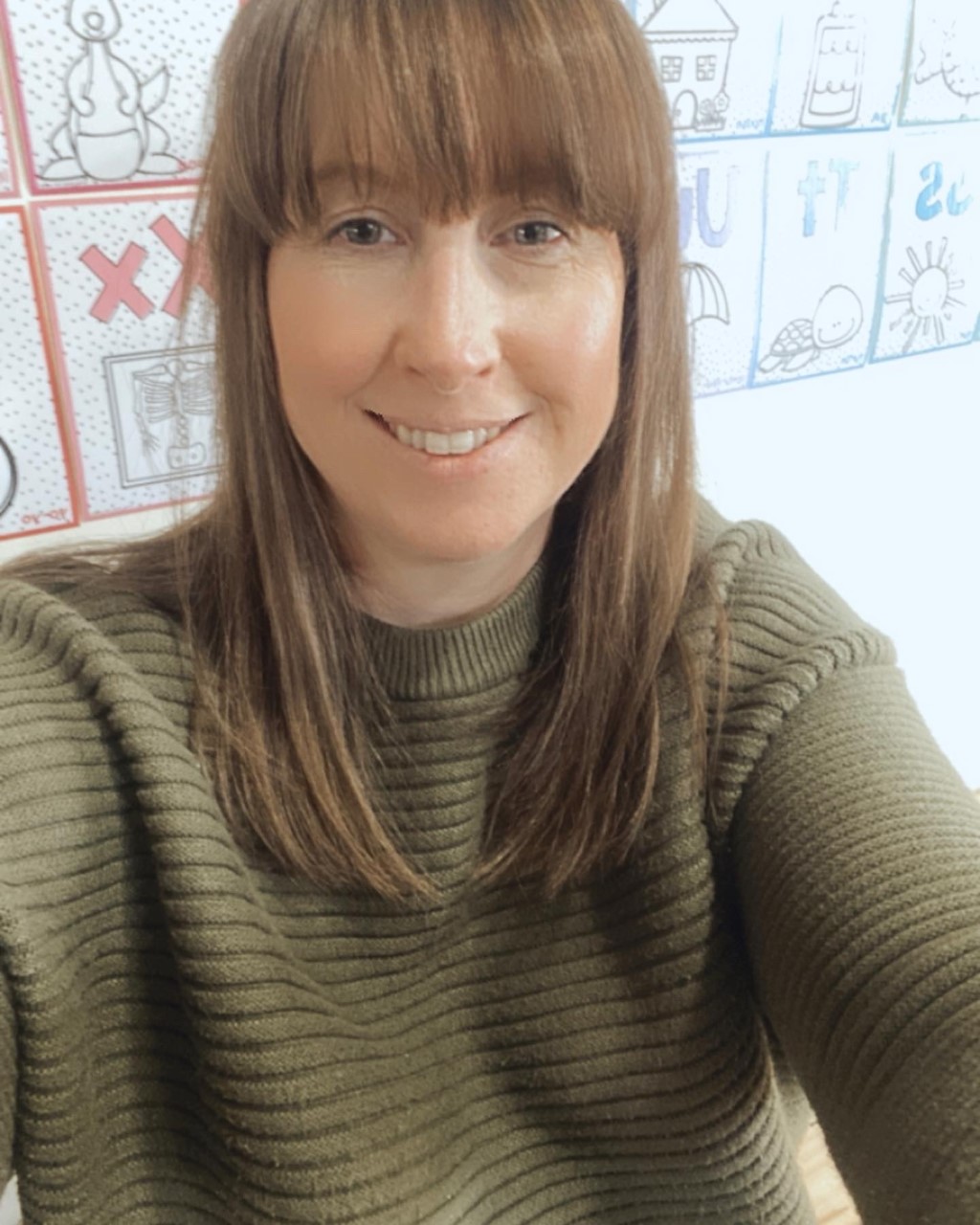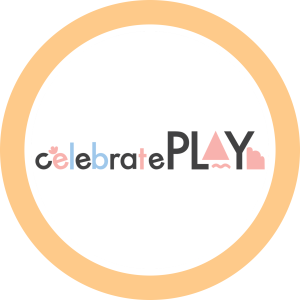Literacy and Numeracy are a pivotal part of life right from the early years through to adulthood. Integrating these concepts into the home can be as easy or elaborate as you see fit and may vary pending on the age and number of learners at any given time. They can be introduced through planned learning experiences/systems eg, homework, play based learning stations aswell as authentically through everyday tasks within the home. Eg, laundry, cooking, brushing teeth, setting the table etc
10 ways you can bring more Literacy and Numeracy into your daily routine.
1. Visual Timetable – this is a display that informs our learners of the daily routine and the general expectations at a certain times of the day. It can be created in the form of pictures, photos, words, a mixture of both words and images. It may also evolve over time as your learners grow and develop. Visual timetables are a handy tool for little ones to begin to understand patterns (day and night), sequencing (morning, noon, night), time (hours and minutes), time management (how much time do we hsve to complete or set a task within the day), responsibility (completing tasks within a given time frame), reading (order of tasks), making connections (cause and effect) and so much more. They also make for a great talking point within the family. You can check out our visual timetable when you subscribe to our mailing list right here as a pop up when you visit our site.
2. Play Based learning Stations (PBLS) – this is the system we use to incorporate PLAY based learning into our daily routine with intention. It involves the setting up of different PLAY based learning experiences each day that focus on a variety of interests and skills we identify by following the lead of our learners. These learning experiences embed many Literacy and Numeracy based concepts such as: following instructions, making connections, communication, connectivity, reading, writing, drawing, counting, patterns, sequencing, number sense and so much more.
3. Kids in the Kitchen – meal preparation and cooking with little ones is a fun way to integrate Literacy and Numeracy into the daily routine. Learners can help with reading recipes, following instructions, communicating, sequencing, exploring cause and effect, building language (new terms) and listening. Check out the recipes over at VJ Cooks (Rainbow Slice in pic) and Create Bake Make…they are fabulous places to start cooking with kids as the recipes are super easy.
4. Kids in the Garden – growing food and plants is a great way to bring more Literacy and Numeracy into the day with ease. It also allows parents to spend quality time with their little ones. Some Literacy and Numeracy skills found within gardening include: following instructions when planting, problem solving, creativity, higher order thinking, reading instructions, talking and listening, sequencing, problem solving, making decisions, counting, adding and subtracting, estimation, spatial awareness and reasoning.
5. Sit with Me – this is a time set aside each day (not at a specific time, as each day can be quite different) where we sit with each learner to complete a task in its entirety without disruption. This session has fast become a favourite and one we most look forward to. Creating the time for this has given us the opportunity to practise specific skills and connect with our learners. These activities are often child led and based on their interests.
6. Singing – plays an important part in developing the brains of early learners, particularly in building language development. Singing can be incorporated in almost any activity throughout the day from brushing teeth, to getting dressed, to transitions, to more structured learning, right through to the other end of the day at bath and bed time.
7. Reading – building a culture of reading within the home is a great way for it to become apart of your daily routine. Reading can be embedded in the daily routine in a variety of ways eg, the traditional bed time reading, or just before day naps etc. However it can also be fostered in other ways such as: dramatic play centres, treasure hunts with clues, taking reading material when out and about, using labels and visual displays (routine charts) within the home.
8. Chalk Talk – when introducing something new into the routine, having a catchy name and taking a more structured approach can make it easier to begin and then maintain down the track. Chalk Talk is the name we use for the time where structured learning experiences occur within the home…moments that are created with intention and are guided by our learners interests, play and skill set. It is a time for focus and connectivity with each other. Chalk Talk often involves learning around concepts of Literacy, Numeracy and other learning areas.
9. Household Chores – when completing the mundane household chores, mix it up by singing, dancing, telling jokes, riddles or brain teasers, counting, telling stories, talking and listening whilst completing them. This gives us a few bonus moments to boost Literacy and Numeracy in the everyday routine and it requires very little prep.
10. Dinner Conversation Starters – a time when the family sit together at the table over a meal, usually dinner, and engage in quality conversation with one another. Topics vary and there are a multitude of ideas available online with a quick search. This again is a simple way to bring about more Literacy and Numeracy in a day and again requires very little preparation, making it easier to implement.
With all the benefits of Literacy and Numeracy through PLAY in the home, why not get started now!
How have you brought more Literacy and Numeracy into your daily routine? I would love to see your pics and hear your ideas, so feel free to hit that leave a comment button and share away!! Alternatively, come and share in our FB group where your biggest cheerleaders await to celebrate with you!



